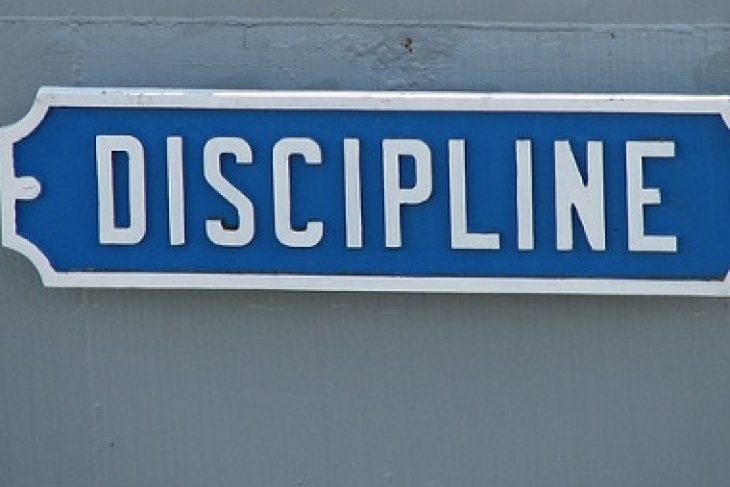On today's Room for Debate series at the New York Times, participants from the education community address the thorny question of disruptive behavior and discipline in charter schools. Essayists included Tim King of the Urban Prep Academies, Richard D. Kahlenberg and Halley Potter of the Century Foundation, and New York school principal Carol Burris. Here's Fordham's own Mike Petrilli on the critical benefits of behavioral codes in charters.
It’s not a particularly new or radical idea that schools need to be orderly places. Great teaching and learning takes focus and concentration; constant disruption and anxiety due to chronic violence are the enemies of that.
What is new, or at least newly controversial, is the notion that that we need to prioritize the needs of the vast majority of children—the ones who come to school wanting to learn. Yet the needs of these students are often overlooked in today’s debates, as some advocates focus narrowly on the consequences for disruptive kids. To be sure, we should worry about the “school to prison pipeline,” and shouldn’t suspend or expel students any more frequently than necessary. But we also shouldn’t allow disruptive students to hold their classrooms hostage. That’s true for all public schools, charter or otherwise.
For eons, excellent schools have found smart ways to create order that need not require large doses of punitive sanctions. It’s part art, part science, and comes in many flavors, but generally amounts to creating a climate of respect for students and teachers alike; setting clear behavioral expectations schoolwide and enforcing them consistently; and using a set of graduated consequences for misbehavior that work to correct problems before they get out of hand.
None of this is rocket science, but it’s not easy, and unfortunately many schools struggle mightily with creating such a positive climate. In 2004, a third of teachers sampled in a national poll reported that they knew colleagues who left the profession because of discipline problems at their school; the same number said they themselves had considered leaving for the same reason. It seems likely that these sentiments still apply today.
It’s no surprise, then, that both parents and educators flock to schools with strong, positive climates and a sense of order. Once upon a time that often meant urban Catholic schools, with their school uniforms and ample supply of tough love. Increasingly it means urban charter schools, many of which are secular forms of the Catholic schools of old.
Because these are schools of choice, they have many advantages, including that everyone is there voluntarily. Thus they can make their discipline codes clear to incoming families (and teachers); those who find the approach too strict can go elsewhere.
This is a good compromise to a difficult problem: Not all parents (or educators) agree on how strict is too strict. Traditional public schools that serve all comers have to find a middle ground, as best they can, which often pleases no one. Schools of choice, including charters, need not make such compromises. That’s a feature, not a bug.
It’s not too strong to say that disruption is classroom cancer. It depresses achievement and makes schools unpleasant, unsafe, and unconducive to learning. We need to think long and hard before taking tools away from schools—especially schools of choice—that allow their students to flourish.




